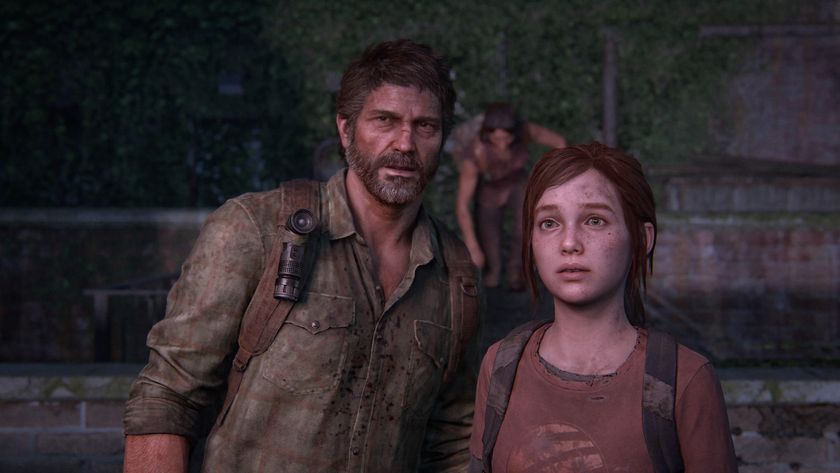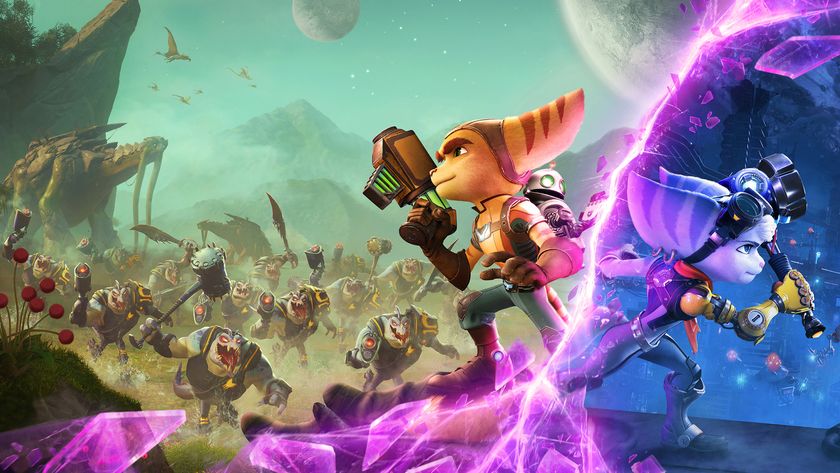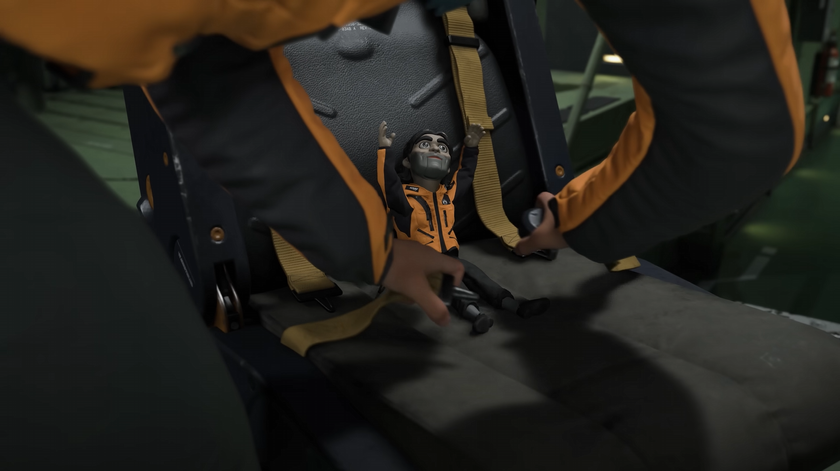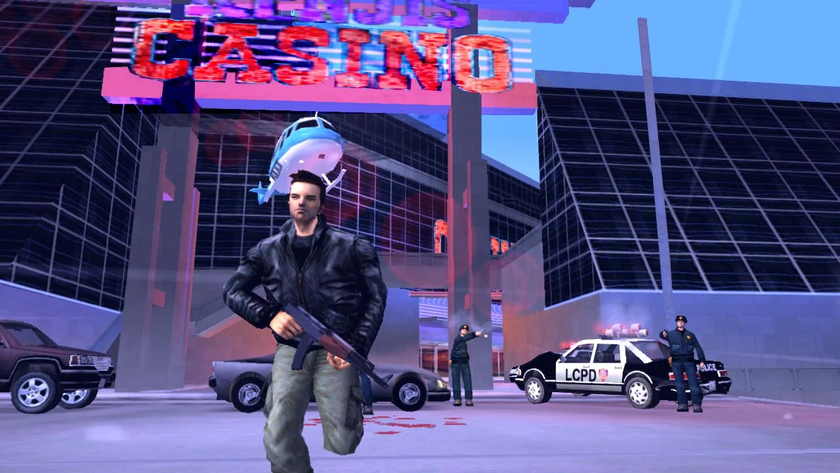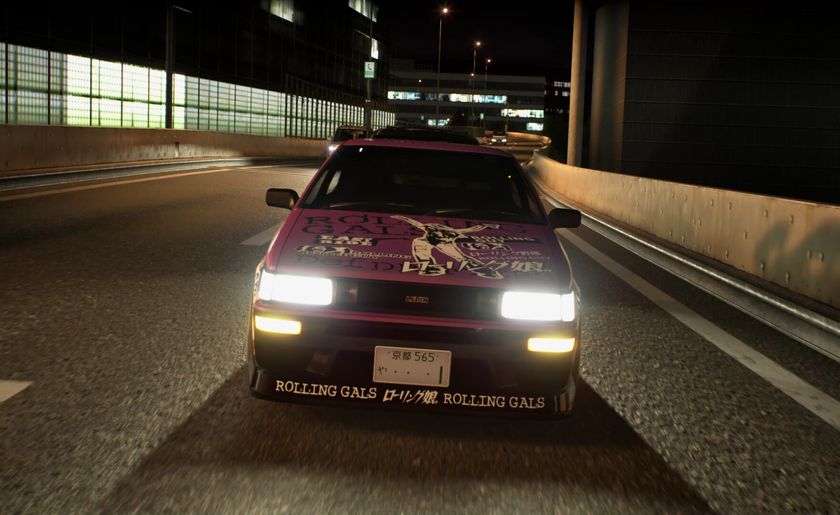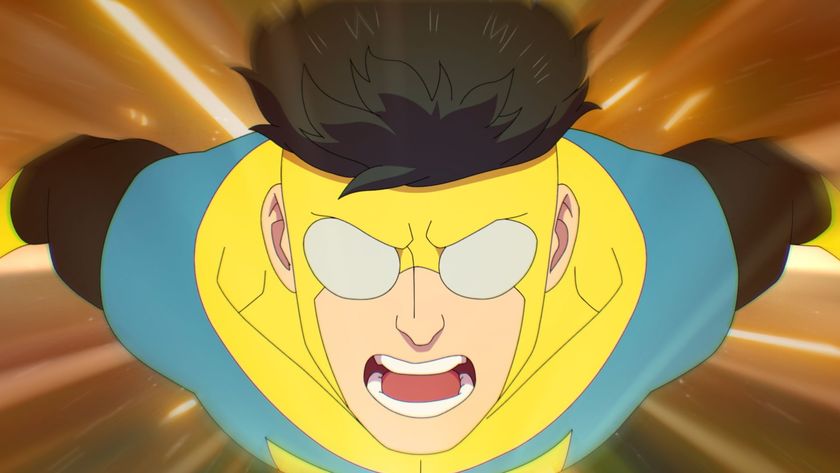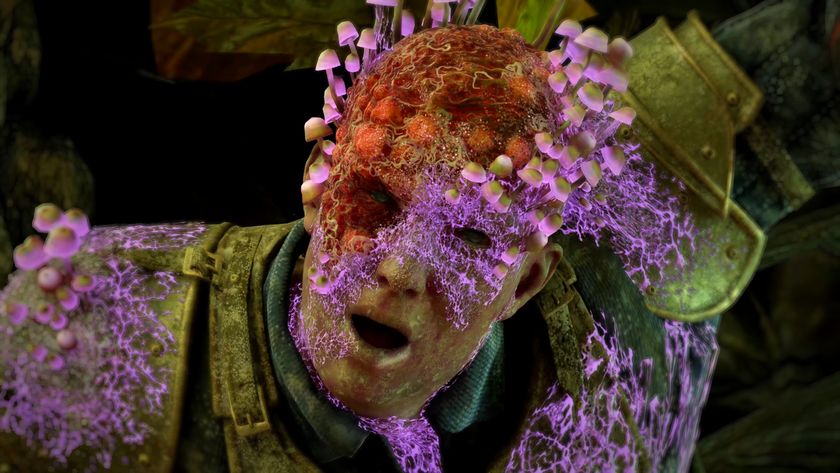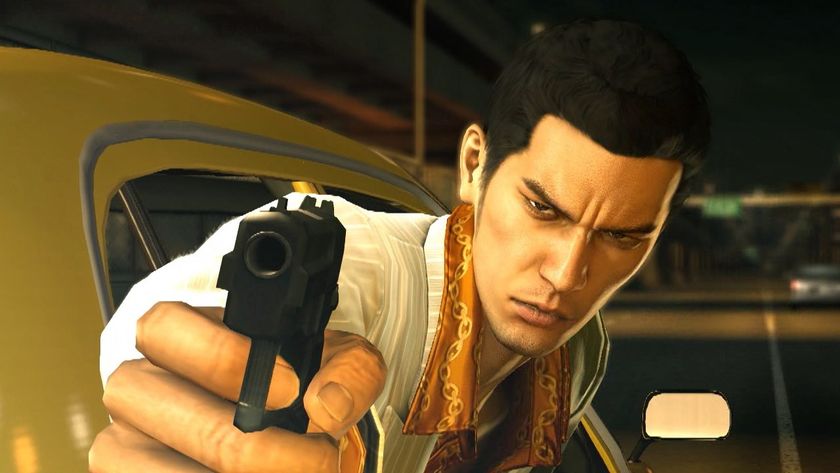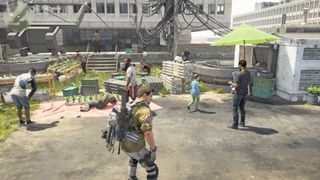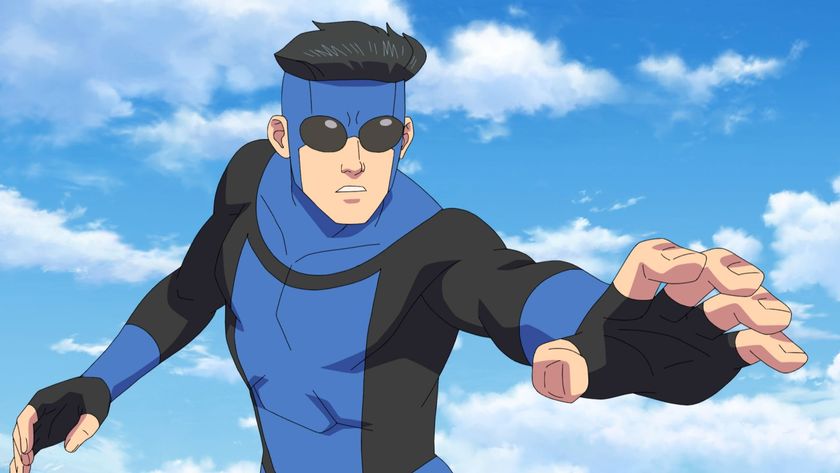The Division 2’s found footage shows just how barbaric post-apocalyptic Washington is
They present a sombre realisation that the game isn’t all about increasing your gear score
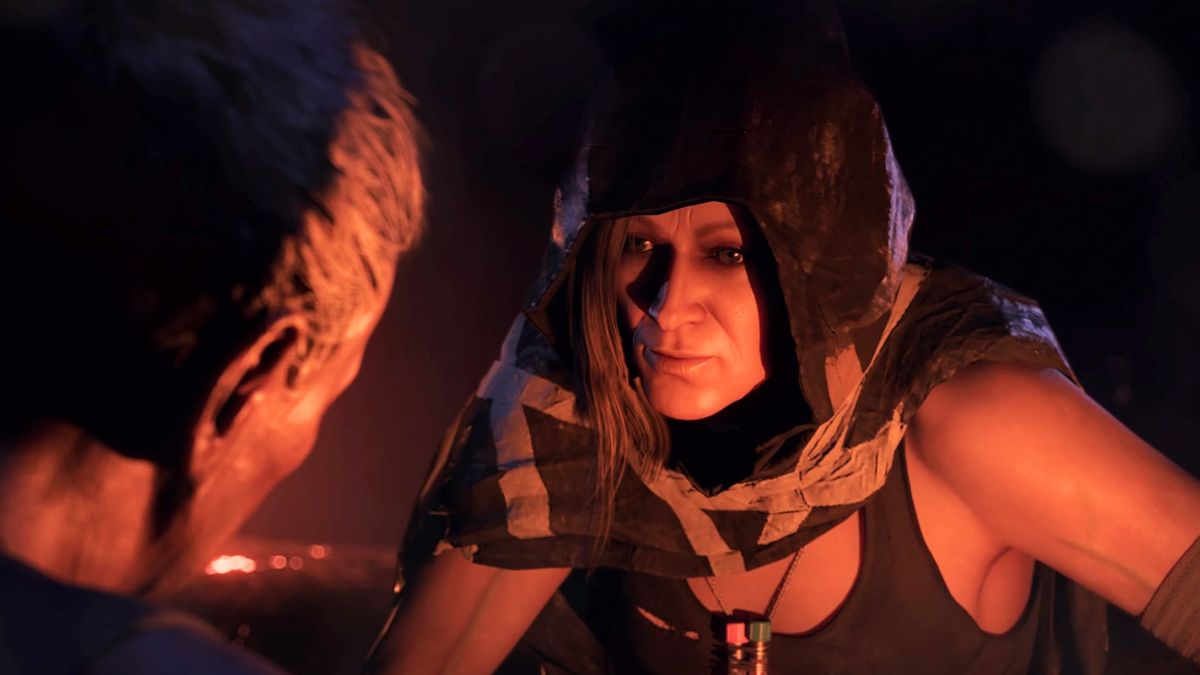
From the get-go, it’s no secret that The Division 2 is a game that takes itself much more seriously than its counterparts – like, say, Destiny 2. Even the setting, Washington D.C. plunged into chaos after a virus takes out most of the world’s population, is an instantly more realistic possibility than the Last City and how Guardians use the Light to protect it from an alien threat. The Division 2 is still a video game, but by using familiar environments and locations, taken exactly from the real-life version of D.C., it does a lot more to connect with the player.
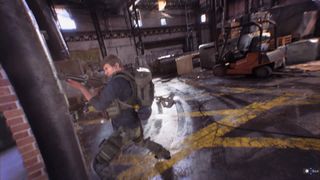
You’d be forgiven for not paying all that much attention to The Division 2’s story though. There are three factions, you’re fighting for the good guys, and you need to help restore some sort of network... Oh, there’s a fourth faction now you’ve beaten the game. Great. Now where are the shiny guns at? You rush through the narrative to reach the endgame, where you grind for better weapons and gear. Before long, you’ll be considered a noob if your gear score is less than 500 and you haven’t beaten the first raid five times over. Reaching that point will take upwards of 100 hours in-game, which is definitely not a walk in the park.
If you look hard enough however, there’s a serious, sombre story to be found. The main story is all about taking back buildings throughout the city and it’s very much a case of get in, get out, job done. Navigate through a series of menus to the found footage however, and you’ll see that beneath the missions that prioritise gameplay over everything else, are eight videos that will make you feel things.
The found footage tells a much deeper story
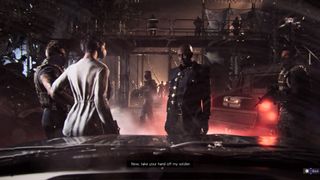
The eight found-footage videos are not for the faint hearted. If you own the game and you’ve finished the story, this is how you find them: Pause the game, open the Progression menu, scroll once through the categories to Collectibles, then click on Found Footage. There’s a short description for each one, but they really don’t prepare you for just how graphic these videos are.
The first is handheld camera footage from two Outcast members. The one wearing the camera is persuading his friend – a suicide bomber – to sprint at some civilians and blow himself up. “Emmeline will know of your courage,” he insists, referring to the leader of the Outcasts. He sprints into the road with a shriek, before the civilians see him and put a single bullet in him. Down but not out, he crawls towards them and detonates the bomb strapped to his chest, blowing up the small group. After the smoke clears, you see the bodies lying on the floor ablaze.
Those suicide bomber Outcast members feature in the main game, and you’ll come across hundreds of them by the time you reach World Tier 5. But they simply blow up if you shoot them, then you get back to killing the other Outcasts; there are no hard feelings, he was just another enemy that needs taking down in a video game. Take a look back at the found footage however, and you’ll see that the developers felt the need to shed some more light on just how harsh a reality this world really is for the characters that inhabit it.
I won’t describe all of the found footage clips here because it’s worth checking them out for yourself, but they’re all along the same lines. There’s a man tortured by a hammer just for being a site designer, two civilians caught in a firefight with the True Sons, satellite footage of a civilian camp being stormed by the Black Tusk… you get the gist.
Sign up to the 12DOVE Newsletter
Weekly digests, tales from the communities you love, and more
Voice comms provide emotional stories and lore while you continue playing
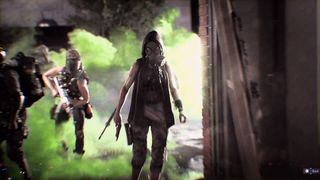
Navigate over to all of the Voice Comms collectibles, and you’ll be able to get an even clearer picture of just how hellish this version of Washington D.C. is, and it's something that the main missions never quite display. You’ll find the Voice Comms all over the city – from abandoned office blocks to children's playgrounds and underground car parks. Each one is a short audio log, usually less than a minute long, but they introduce new characters that have by now most likely perished. They offer bite-sized glimpses into the reality of the situation on the ground for the average civilian and it isn't pretty. The more of these communications that you collect, the more you'll begin to familiarise yourself with certain names and their particular struggles – their troubles ringing through your ears as you work to mow down group after group of other humans with your fully kitted out, bright pink light machine gun.
"They offer bite-sized glimpses into the reality of the situation on the ground for the average civilian and it isn't pretty"
There are five Division 2 Contaminated Zones to be found throughout D.C., and each one is like a short, narrative journey. Enemies are nowhere to be found, there’s just you, a huge building, and three audio logs to be found throughout. The Contaminated Zones are areas where DC62 – the untested, intended cure for the virus – was deployed but, when combined with the virus, caused an equally poisonous toxin. Exploring these areas is another example of just how The Division 2 has a touching and harrowing story, hidden behind the promise of improving your stats by a single percent.
Ubisoft has done a lot right with The Division 2. It’s one of the first Games as a Service launches to actually work as intended on day one. The gunplay is incredibly solid, with the game's variety of powerful weapons helping to support a number of possible styles of play, and there’s easily over 100+ hours of content even before the first raid has been introduced. The core story is, on the surface at least, one of its weakest aspects to the game. But behind the cliches and repetitive objectives that pervade the main campaign, hidden away in the darkest corners of The Division's rendition of Washington D.C., there's a heartbreaking and truly human story to be uncovered that proves there's more to this game than racing to increase your gear score.
Give me a game and I will write every "how to" I possibly can or die trying. When I'm not knee-deep in a game to write guides on, you'll find me hurtling round the track in F1, flinging balls on my phone in Pokemon Go, pretending to know what I'm doing in Football Manager, or clicking on heads in Valorant.
